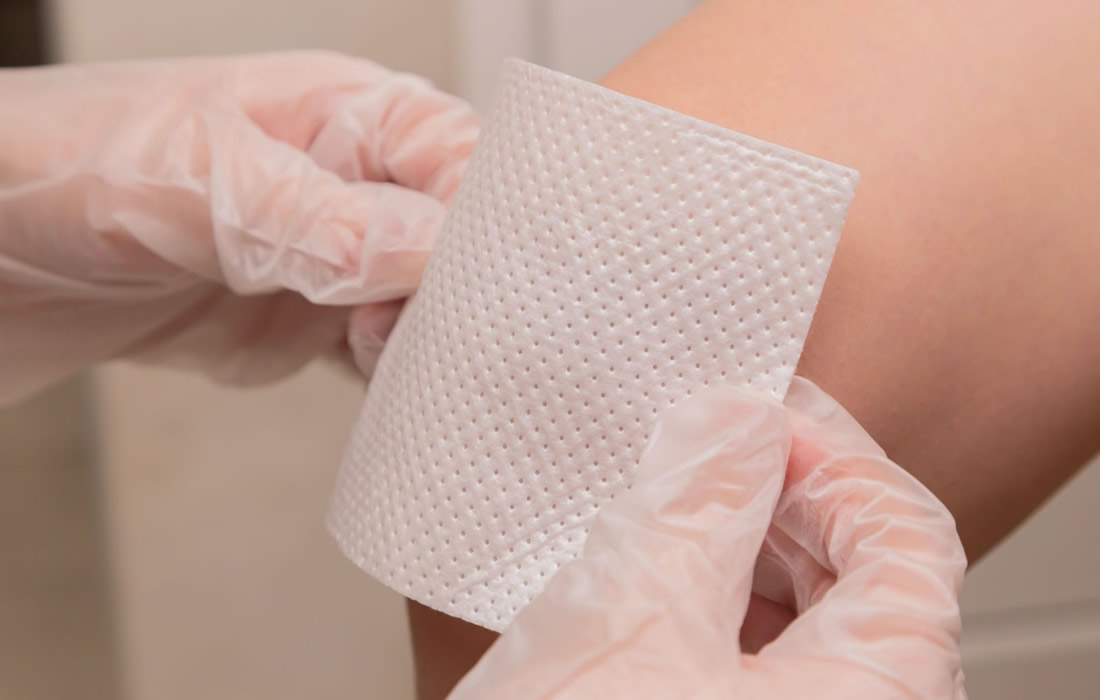Regenerative Medicine News and General Information
Why Knee Joint Injury Leads to Osteoarthritis
Knee joint injuries are typically related to sports, but people often do not know that such injuries may lead to joint inflammation and post-traumatic osteoarthritis.
The study presents a new mechanobiological model for cartilage degeneration by implementing tissue deformation and fluid flow as mechanisms for cartilage breakdown when a normal dynamic loading, such as walking, is applied to the joint.
The researchers found that different mechanisms, such as fluid flow and tissue deformation, can cause cartilage degradation after a knee injury.
“Our findings indicate that after an injury in the knee and subsequent tissue loading, osteoarthritis is caused by easy leakage of proteoglycans through the injury surface by high fluid outflow,” Early Stage Researcher Gustavo A. Orozco from the University of Eastern Finland explains.
Currently, it is not possible for a physician examining a patient to predict future joint condition and possible development of osteoarthritis. In the future, however, this may be possible with the guidance of this type of model, which could identify high and low-risk lesions in the cartilage for osteoarthritis development and suggest an optimal and individual rehabilitation protocol.
Sources:
Gustavo A. Orozco, Petri Tanska, Cristina Florea, Alan J. Grodzinsky, Rami K. Korhonen. A novel mechanobiological model can predict how physiologically relevant dynamic loading causes proteoglycan loss in mechanically injured articular cartilage. Scientific Reports, 2018; 8 (1) DOI: 10.1038/s41598-018-33759-3
University of Eastern Finland. “Why knee joint injury leads to osteoarthritis.” ScienceDaily. ScienceDaily, 25 October 2018. <www.sciencedaily.com/releases/2018/10/181025103315.htm>.
Images from:
Photo by Diana Polekhina
https://unsplash.com/photos/k8lvbvqCc6w

